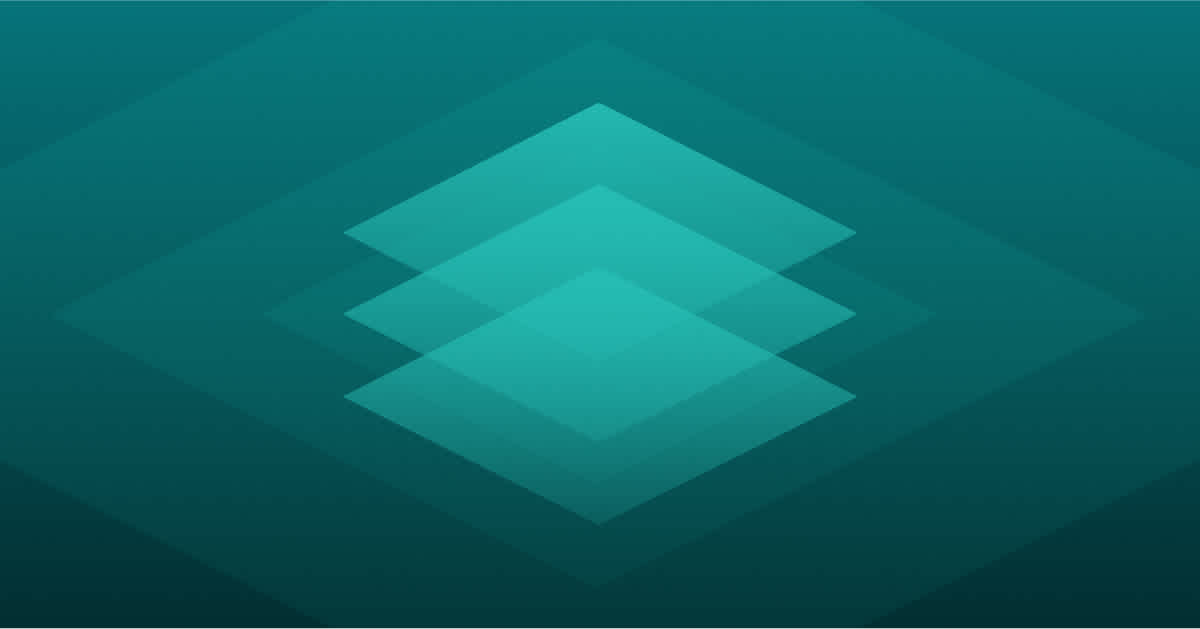Fullstory’s Digital Experience Intelligence (DXI) platform takes an innovative approach to logging DX data through autocapture—a method of data capture that automatically logs all digital interactions users or customers have across every visit to your site or app.
The reverse of autocapture is instrumentation, which requires you to hand-select any event or interaction you want to track on your site or app (which has some obvious drawbacks).
True DXI incorporates both types of data capture, marrying autocapture and tagged events for a 360-degree view of your digital customer experience.
So, where does Data Layer Capture fit into this picture?
Fullstory has always enabled users to add custom events—that is, events or interactions that aren’t automatically logged but can add valuable context to your data. In the past, this custom data would have to be pulled in through an API like FS.event, FS.identify, or FS.setUserVars.
While APIs remain a great way to pull custom data into Fullstory, they require technical know-how—which usually means dev time—to set up. Over time, we saw that this often created a major slowdown for Fullstory customers. They were ready to dig deeper into their DX data, but were forced to wait for internal technical support.
This is why we built Data Layer Capture (DLC). Fullstory logs everything in the user interface; your custom data does the rest. DLC acts as a bridge between these two types of data. Before we go deeper into how DLC works, let’s zoom out and talk about data layers at large.
What’s a data layer? Do I have one?
At a basic level, a data layer is a named location on your website where you can store and share structured information. It’s likely your site already has one and that it’s pulling in valuable, previously instrumented events.
Essentially, the data layer can contain any data you want to store structured in any way you want to structure it. A few common themes we’ve seen in data layers are:
Ecommerce events related to product details, adding items to cart, checkout stops, and ultimately, purchase data
A/B tests that describe variants or campaigns
Errors that include technical information not shown to the end user
Site operation details like the application version, page name, and server-side settings
End user facts like loyalty status, user ID, store preferences, etc.
Milestones such as start and stop events for multi-step processes
Back to Data Layer Capture—how does it work?
If your site has ever used a traditional product analytics tool, you’ve tagged events that flow into your data layer. Data Layer Capture taps into this data that’s living in your data layer and automatically pulls them into Fullstory—eliminating the need for dev work to add custom events to your Fullstory instance.
Out of the box, Fullstory can automatically sync with data layer events from four popular vendors:
Adobe Analytics
Customer Experience Digital Data Layer (CEDDL)
Google Analytics: Enhanced Ecommerce and Event Measurement
Tealium iQ
To set up DLC with one of these tools, an Admin or Architect will simply need to go to your settings and turn it on. (For organizations using other vendors, custom solutions are available for syncing your data layer with Fullstory.)
Can I customize Data Layer Capture?
In short, yes! You can customize DLC by adding rules to handle custom data layers or additional use cases.
However, we’ve tried to make Data Layer Capture as comprehensive as possible. Built-in features in DLC mean it can automatically cover most data capture needs, like:
Converting text (like prices) into numbers
Renaming properties to support Fullstory user and page variables (e.g. displayName or pageName)
Reading data from browser APIs
Integrating with third-party libraries
Already a Fullstory user? See complete instructions for turning Data Layer Capture on here. (Or check out this overview if you’re just getting started.)
Want to learn more about Fullstory and Data Layer Capture? Schedule a demo.
